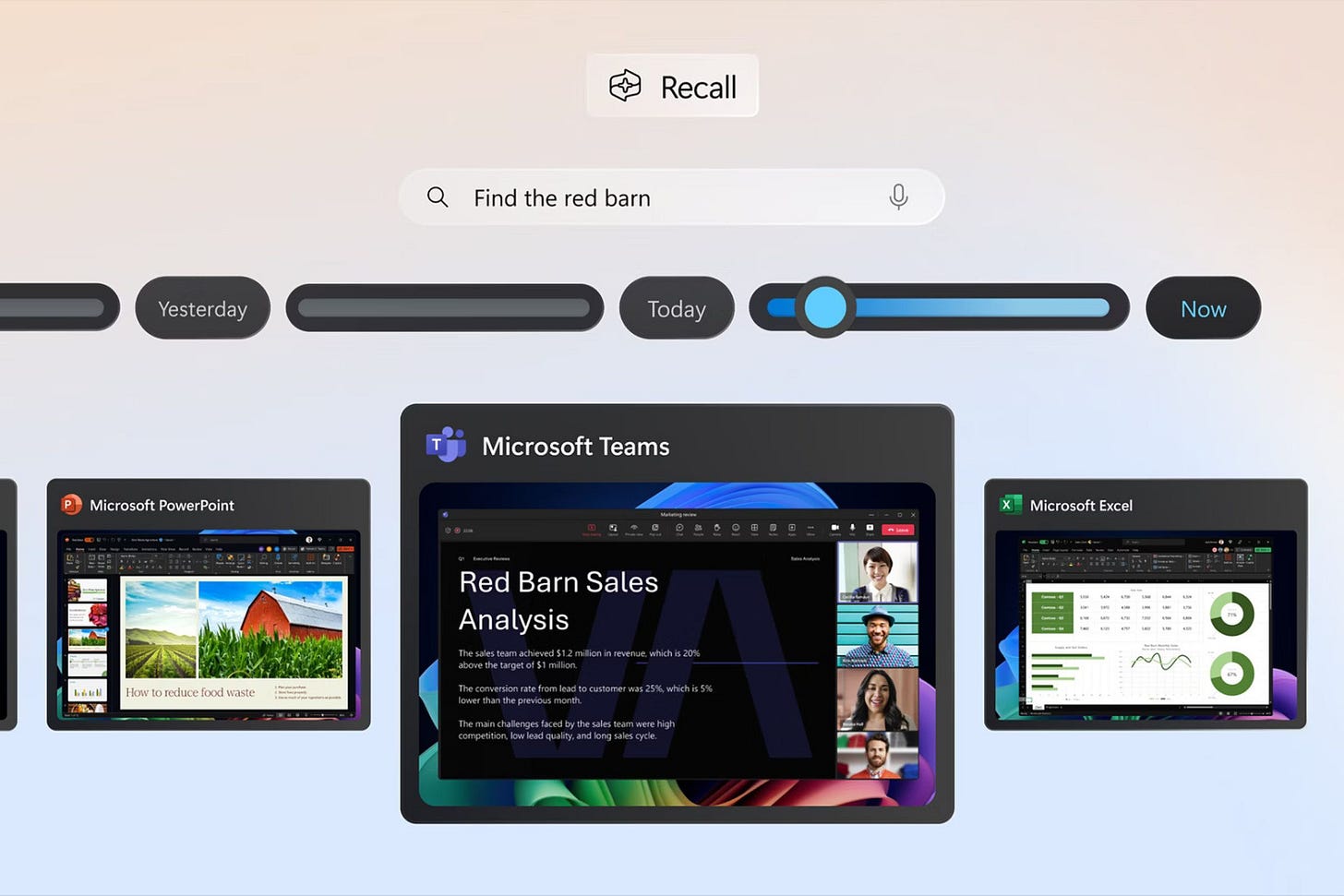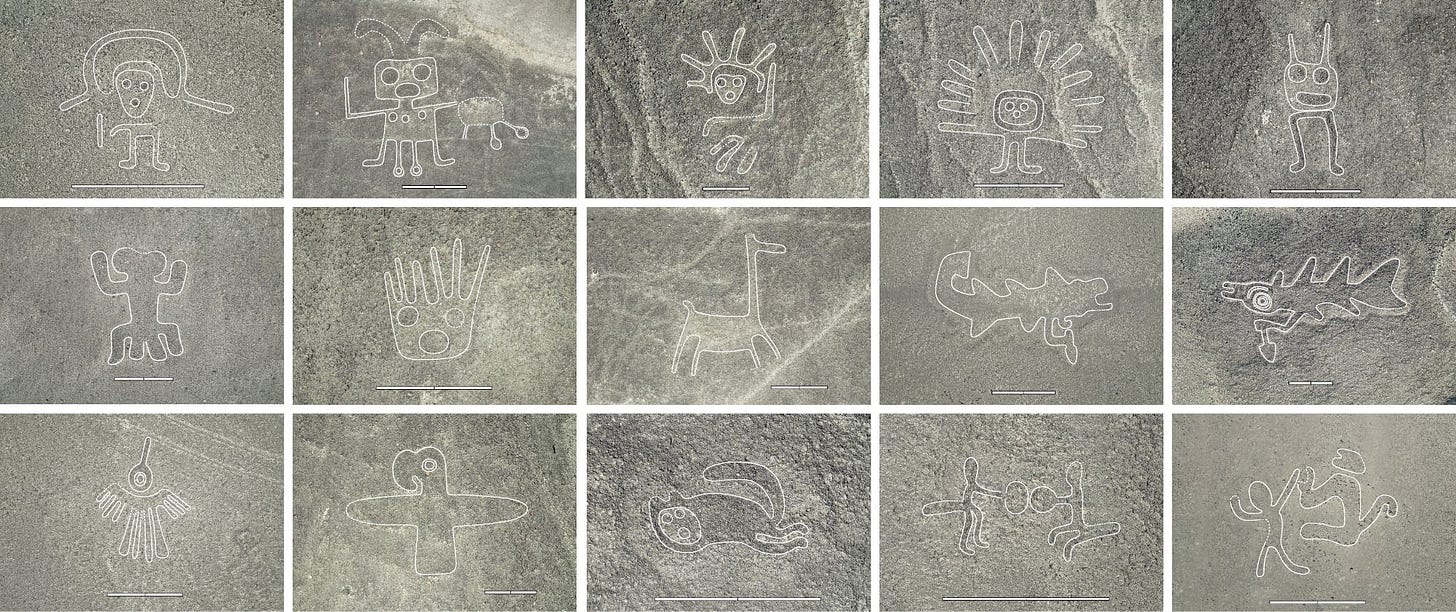GSV's AI News & Updates (12/06/24)
Amazon invests $4B in Anthropic, OpenAI Ship-mas, Alibaba QwQ, AI Hiring, Deepfakes in Schools, Otter Meeting Avatars, DeepMind Genie 2, Anthropic MCP, OpenAI and Anduril
Join me at the leading edge of all things AI in EDU at the second annual AI SHOW @ ASU+GSV, where 12,000+ PreK to Gray attendees will experience cutting-edge AI innovations through live EdTech demos, promptathons and hackathons, hands-on workshops, incredible thought leadership, and so much more — April 5-7 at the San Diego Convention Center. Register for FREE now, capacity is limited.
General 🚀
Amazon invests another $4B in Anthropic, with a catch: Anthropic will use AWS and Amazon's custom chips to train its models, a strategic play to secure AI infrastructure dominance amidst Anthropic’s $2.7B projected burn rate. With $8B now invested, it raises questions about Amazon facing AI antitrust scrutiny like Google and Microsoft.
OpenAI kicks off '12 Days of Ship-mas' with $200 ChatGPT Pro and upgraded o1 reasoning model: The new ChatGPT Pro subscription offers unlimited GPT-4o, Advanced Voice Mode, and an exclusive enhanced o1 model for tackling complex problems. OpenAI also released the full version of o1 for Plus and Team users, with Enterprise and Edu access coming next week, signaling the start of its feature-packed holiday announcements.
OpenAI explores advertising as it steps up revenue drive: With annualized revenues of $4B but steep model training costs, OpenAI is weighing ad-supported products. Recent talent acquisitions from Meta and Google indicate active consideration.
Alibaba's Qwen team introduces QwQ-32B-Preview, a reasoning model that challenges OpenAI’s o1 model: The new 32.5 billion-parameter open-source AI model from Alibaba boasts superior reasoning capabilities on benchmarks like AIME and MATH. It features a self-fact-checking mechanism for improved accuracy, though at the cost of slower processing speeds. Alibaba's move underscores the growing competition in reasoning-focused AI models.
Inside Elon Musk’s Quest to Beat OpenAI at Its Own Game: With $11B raised and a $50B valuation, xAI is betting on exclusive data from X and Tesla and its massive Colossus data center to challenge OpenAI. Despite rapid growth, including launching Grok and planning a standalone consumer app, xAI faces stiff competition in a crowded market.
Microsoft debuts Recall AI on Copilot Plus PCs for smarter search: Recall AI takes encrypted screenshots to help users retrace steps and search by describing content (e.g., “pie chart”), with privacy safeguards like local encryption and opt-in controls.
Copilot Vision, Microsoft’s AI tool that can read your screen, launches in preview
AI can now create a replica of your personality: A two-hour interview is enough to accurately capture your values and preferences, according to new research from Stanford and Google DeepMind.
Education and the Future of Work 📚
What Students Are Saying About Teachers Using A.I. to Grade: Many students find it hypocritical for teachers to use AI when students are prohibited. They argue it undermines the student-teacher relationship, devalues their work, and may lead to errors or biased evaluations by AI. Others worry it shifts the focus from personalized feedback to automated grading.
OpenAI wants to pair online courses with chatbots: OpenAI is exploring tools to let educators create GPT chatbots tailored to online curriculums, aiming to enhance lifelong learning. Despite promising advancements, like Khan Academy’s Khanmigo, educator skepticism remains high, with only 18% of K-12 teachers using AI tools.
Blame AI for your grueling job interview: To counter AI-assisted applications, employers are adding rigorous interview rounds and technical tests, often exhausting candidates without reliably improving hiring outcomes, as tech-driven recruitment grows increasingly demanding.
Should You Still Learn to Code in an A.I. World?: Once a reliable path to tech careers, coding boot camps are now struggling amid declining job openings and the rise of A.I. tools like ChatGPT and Copilot.
Nvidia to build AI school in Indonesia: U.S. chipmaker Nvidia plans to invest in several cities in Indonesia, including building a school focusing on artificial intelligence in Central Java province
Yes, That Viral LinkedIn Post You Read Was Probably AI-Generated: A new analysis estimates that over half of longer English-language posts on LinkedIn are AI-generated, indicating the platform’s embrace of AI tools has been a success.
AI-generated deepfakes expose gaps in school and state protections:
A Pennsylvania student created explicit AI images of 46 classmates, sparking outrage and leading to two school leaders’ termination. Most schools and 30 states remain ill-prepared to address the growing threat of deepfake abuse.AI is making Philippine call center work more efficient, for better and worse: With 86% of white-collar workers using AI tools, customer service agents face rising performance pressures, as AI co-pilots increase efficiency but demand robotic precision.
Otter.ai introduces personalized AI avatars to attend meetings for you:
Building on its success as a transcription service, Otter.ai is developing AI avatars capable of attending online meetings, summarizing discussions, and answering questions using personalized data from documents, emails, and past conversations.
Tech 💻
Anthropic launches Model Context Protocol (MCP) to bridge AI with external systems: MCP, an open-source standard, enables two-way connections between AI models and external data sources like business tools and content repositories, simplifying integration and improving response relevance.
DeepMind unveils Genie 2, pushing the frontier of AI-generated 3D worlds:
Genie 2 generates interactive 3D worlds with physics and NPC behavior from simple prompts, advancing "world models" that understand causality and physics. Though rivaled by models Decart and World Labs, these developments signal a shift toward AI with real-world awareness, bridging language, simulation, and robotics.Nvidia debuts Fugatto, a generative audio model for music, film, and gaming:
Fugatto transforms audio with features like text-to-music generation, voice modification, and creating novel sounds (e.g., a saxophone meowing), showcasing versatility for producers.
Safety and Regulation ⚖️
OpenAI hits pause on video model Sora after artists leak access in protest: A group of artists created a webpage allowing anyone to make AI videos using Sora. They argue the maker of ChatGPT used artists as “PR puppets” without pay.
Abba warns AI could cost musicians billions in lost revenue: Ulvaeus highlighted that generative AI may slash creators’ incomes by up to 24% by 2028, risking €22B in losses.
Police departments test AI tools to streamline report writing: Axon’s Draft One AI reduces report-writing time by 60%, drafting police narratives from bodycam audio in under 10 seconds. While officers praise efficiency gains, legal experts warn of risks like bias, accuracy issues, and courtroom challenges.
OpenAI partners with defense company Anduril: They announced a collaboration to deploy AI systems for countering aerial threats, leveraging real-time data analysis to support human operators. This reflects a growing trend of AI companies revisiting bans on military use, as seen with Anthropic and Palantir's recent defense partnerships.
Musk’s Rivals Fear He Will Target Them With His New Power: OpenAI’s Sam Altman ranks high on the billionaire’s list of enemies; car companies and tech giants scramble for allies in the incoming Trump administration
David Sacks is Trump’s AI and crypto ‘czar’: The longtime ally of Elon of Musk and All-In podcaster was an early supporter of the President-elect in Silicon Valley.
Other
AI-Powered ‘Death Clock’ Promises a More Exact Prediction of the Day You’ll Die: Trained on 1,200 studies, the Death Clock app delivers personalized life expectancy predictions, surpassing traditional methods. Its insights are reshaping financial strategies, from retirement planning to equities demand.
AI Discovers 303 Nazca Geoglyphs From Aerial Photos Of Peruvian Desert: The AI model was trained on high-quality drone images of previously documented Nazca geoglyphs. This breakthrough nearly doubled the number of known geoglyphs in just six months, compared to the 430 discovered over nearly a century.
Watch
Deep dive into a few key ideas from this week's newsletter:






